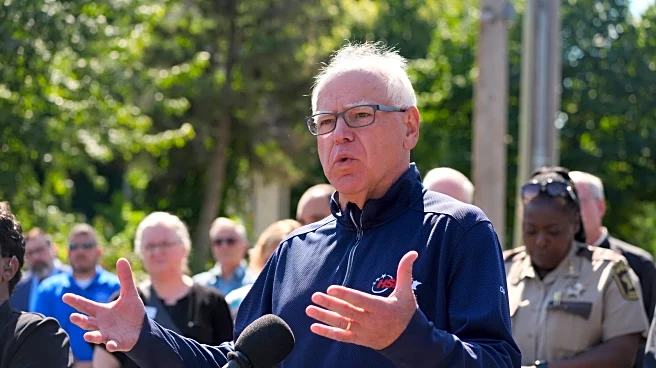What's Happening?
Minnesota is home to several ghost towns, remnants of once-thriving communities that have been abandoned due to industrial collapse and railroad shifts. These towns, such as Elcor and Forestville, offer a glimpse into the state's historical past. Elcor, located on the Mesabi Iron Range, was abandoned after the Corsica mine closed in 1954. Forestville, bypassed by the railroad in 1868, saw its population dwindle until it was completely deserted by the early 1900s. These ghost towns serve as eerie reminders of Minnesota's early days, attracting those interested in history and exploration.
Why It's Important?
The ghost towns of Minnesota provide valuable insights into the state's industrial and settlement history. They highlight the impact of economic changes and transportation developments on local communities. Exploring these sites offers educational opportunities and a chance to reflect on the transient nature of human settlements. Preservation of these towns can contribute to cultural heritage tourism, drawing visitors interested in history and archaeology. Understanding the factors that led to their abandonment can inform current urban planning and development strategies.
Beyond the Headlines
The existence of ghost towns raises questions about land use and historical preservation. Ethical considerations include respecting the sites and ensuring they are not exploited for commercial gain. These towns also offer a unique cultural dimension, serving as a testament to the resilience and adaptability of communities in the face of economic shifts. Long-term, they may inspire efforts to preserve other historical sites and promote sustainable tourism practices.













